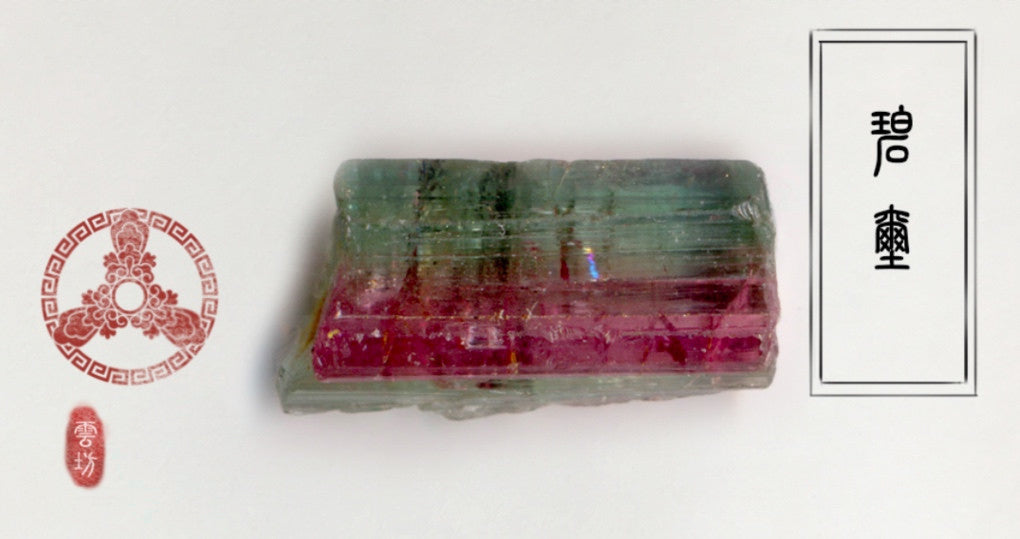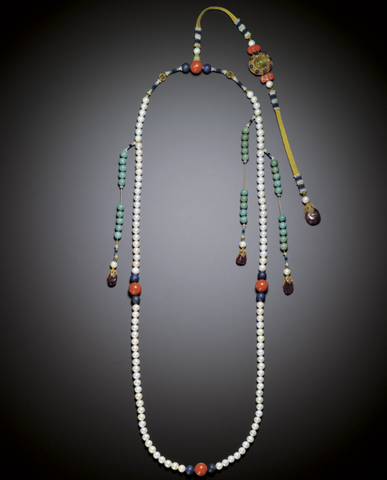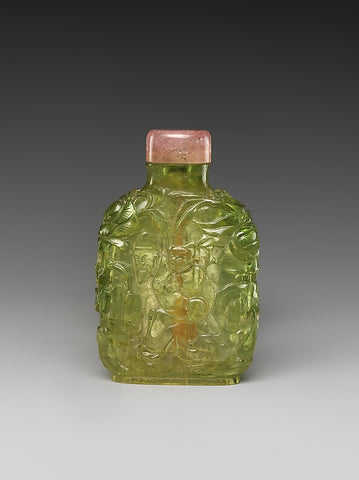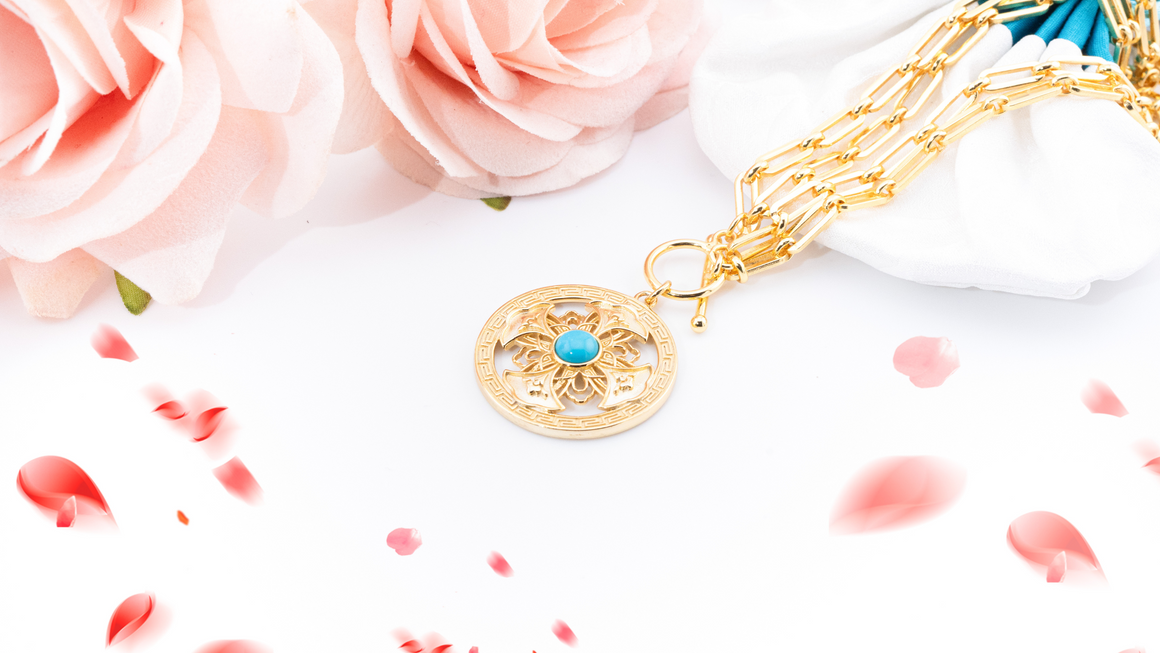Tourmaline: Gemstone of the Rainbow

A stone that comes in a veritable rainbow of colors, tourmaline has long been treasured in Chinese jewelry.
Ancient legend says that tourmaline can be found in all colours because when it first journeyed up from the centre of the earth, it travelled along a rainbow and gathered all of the rainbow’s colors.

Perhaps because of its magnetic effect, it is often believed that tourmaline has a mysterious natural energy that can be used for healing. The semi-precious gemstone is thought to strengthen the body and spirit, especially the nervous system, the lymphatic system, and the blood. It is also believed to inspire creativity, and was used extensively as a talisman by artists and writers. Indigenous tribes in North America, Africa and Australia continue to use tourmaline as a talisman to this day.
Ancient ceremonies in India would use tourmaline to help divine the knowledge of good and bad. The gem was very popular with alchemists, who likened it to the philosopher’s stone. This fabled stone was thought to impart not only the meaning of life and great spiritual powers, but also the ability to turn base metal into gold.
Tourmaline in the Royal Court
The modern Chinese name for tourmaline is green royal seal (碧璽 bì xǐ). Actually the first record of tourmaline in Chinese history is at the beginning of the Tang Dynasty, when it was used to make the royal seal that gave legal status to the power inherited from heaven.

The common name of “bixi” appears in the Qing Dynasty manual “Elegance of Stone”. Another book from the Qing Dynasty discussing ceremonies mentions using tourmaline for the top bead of the court hat worn by royal concubines. Both sources agree that the Chinese name “bixi” originates in a foreign language.

Tourmaline reached its peak of popularity during the Qing Dynasty. Empress Dowager Cixi in particular greatly favoured tourmaline. She used to wear a lot of tourmaline jewelry, and there is still a lot of tourmaline jewelry in the National Palace Museum. The semi-precious gemstone would be used as court beads worn by the Qing Dynasty emperor or empress to go with an informal dress. High level officials, as well as royal concubines, would use tourmaline for the top bead of their court hat. Intricately carved tourmaline snuff bottles were also popular during this era.
According to ancient Chinese scholars, tourmaline was imported to China from other countries, though tourmaline has been found in places like Xinjiang and Inner Mongolia of China. It is known that in the early 1900’s the Empress Dowager Cixi bought large quantities of pink tourmaline from newly opened mines in San Diego County, California.
This article is part of the Divine Land Gemstone Compendium, a weekly series by Yun Boutique exploring the gemstones of ancient China and their significance to Chinese culture. See the full series here. Subscribe to the email newsletter to receive future installments.
Produced and Researched by Ariel Tian.
Edited by James Poulter.
Also in Divine Land Gemstone Compendium
Tridacna Shell: The Giant of the Sea

The tridacna gigas is the largest species of clam on the planet, and one of the seven treasures of Buddhism. Dive into the mystique of the sea with Yun Boutique's Tridacna Shell jewelry, showcased in our Divine Land Gemstone Compendium. Explore the captivating story behind these handcrafted pieces, each reflecting the grandeur of the ocean's giant.
The Kingfisher Feather Jewelry of Ancient China

Experience the allure of ancient China through Yun Boutique's exquisite Kingfisher Feather Jewelry, featured in our Divine Land Gemstone Compendium. Discover the captivating history and cultural significance of these meticulously handcrafted pieces that embody traditional elegance.
Turquoise: Precious Treasure in Global Culture

Discover the global allure of Turquoise, a precious treasure explored in Yun Boutique's Divine Land Gemstone Compendium. Uncover the rich cultural significance and beauty of these meticulously handcrafted pieces that celebrate the essence of this cherished gemstone. Immerse yourself in a world where tradition meets contemporary elegance.


